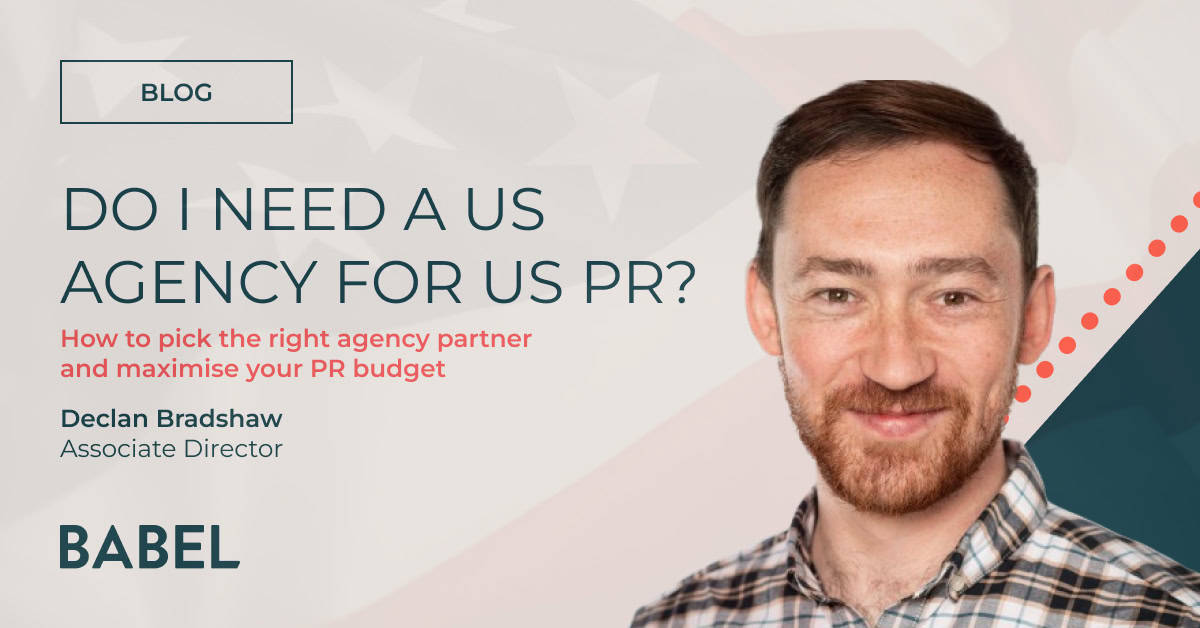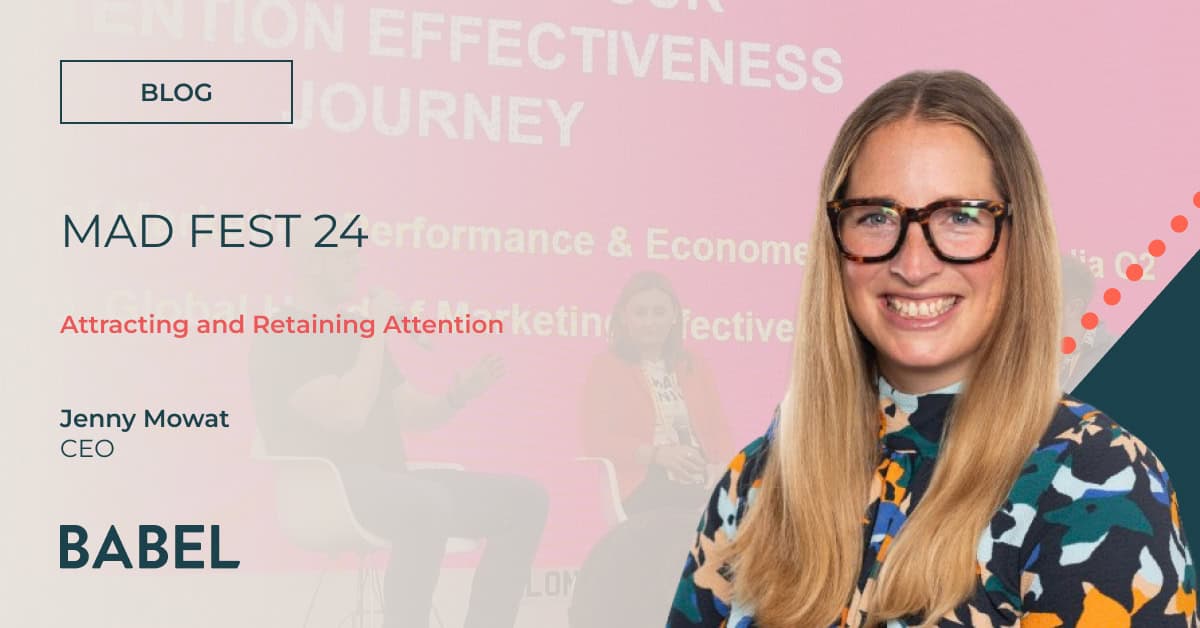
The impact of mass media on art
Because sometimes the weekends are about more than just going to the pub and watching sport (who knew?), I recently visited the Tate Modern and the exhibition, Media Networks. It showcases artists’ responses to the evolution of mass media and technology over the past 100 years.
A variety of techniques and media were presented – from posters and paintings, to physical structures of technology. These included early 20th century art reflecting the excitement generated by industrial/technological revolution, the role that art has played in advertising, to the relationship between art, consumerism and our fascination with celebrity.
An expert on modern art I am not, however there were a number of pieces in the collection that evoked questions about our interpretations of art and imagery, which resonated directly with my own work experience.
Babel, (not to be confused with the prestigious PR agency of the same name), is a large installation of radios by artist Cildo Meirles (see image). Each radio is tuned into a different station at a low volume, creating a buzz of incomprehensible music and chatter. The sculpture is meant to be a representation of the biblical Tower of Babel, which, as the story goes, was tall enough to reach heaven, offending God and causing him to make the tower’s builders speak in different languages.

Cildo Meirles, Babel
To me, Babel is a reflection on the overwhelming amount of competing opinion across the media, which often makes it difficult to gain clarity. Media outlets often take a different perspective on the news, and left and right-wing media today are renowned for their conflicting interpretation of politics and current affairs. Many of us will naturally tune in to the publications that resonate with our own beliefs, which perhaps prevents us from gaining a well-rounded and informed view on a particular news issue. At Babel, our team reads every major UK national newspaper, as well as a broad spread across other markets that our clients operate in, in order to gain balanced views on the news of the world. This enables us to weigh up the evidence of a news story or industry issue and come to our own, informed conclusions.
Photographs and other forms of imagery, such as video, are often considered the most accurate and least biased form of media available, not tainted by a particular view point. One of the rooms explores how different techniques in art affect how we respond to what we are viewing. It included a number of photographs and paintings focussed on the death of Gadaffi, produced and edited using varying artistic techniques. Some pieces focussed purely on images of Gadaffi himself, painting a rather sad image of his death. Others saw him surrounded by cops and rebel fighters, using darker colours, evoking a more villainous image of the dictator.
It is important that imagery in the media remains unblemished by artistic licence, in order to provide a true representation to the viewer. However, artistic techniques for film and photography – whether zooming, cropping or using different colours – can greatly impact our view of an event. Images of Trump’s inauguration, for example, are said to have been cropped to remove empty space and make the audience look larger. The exhibition was a reminder of the need to constantly question the imagery that we are presented with by the media to gain a clear sense of the source’s reliability and objectives.
Of course, somebody else’s views of what the exhibition was trying to convey could be very different to mine – but that’s my point entirely.





